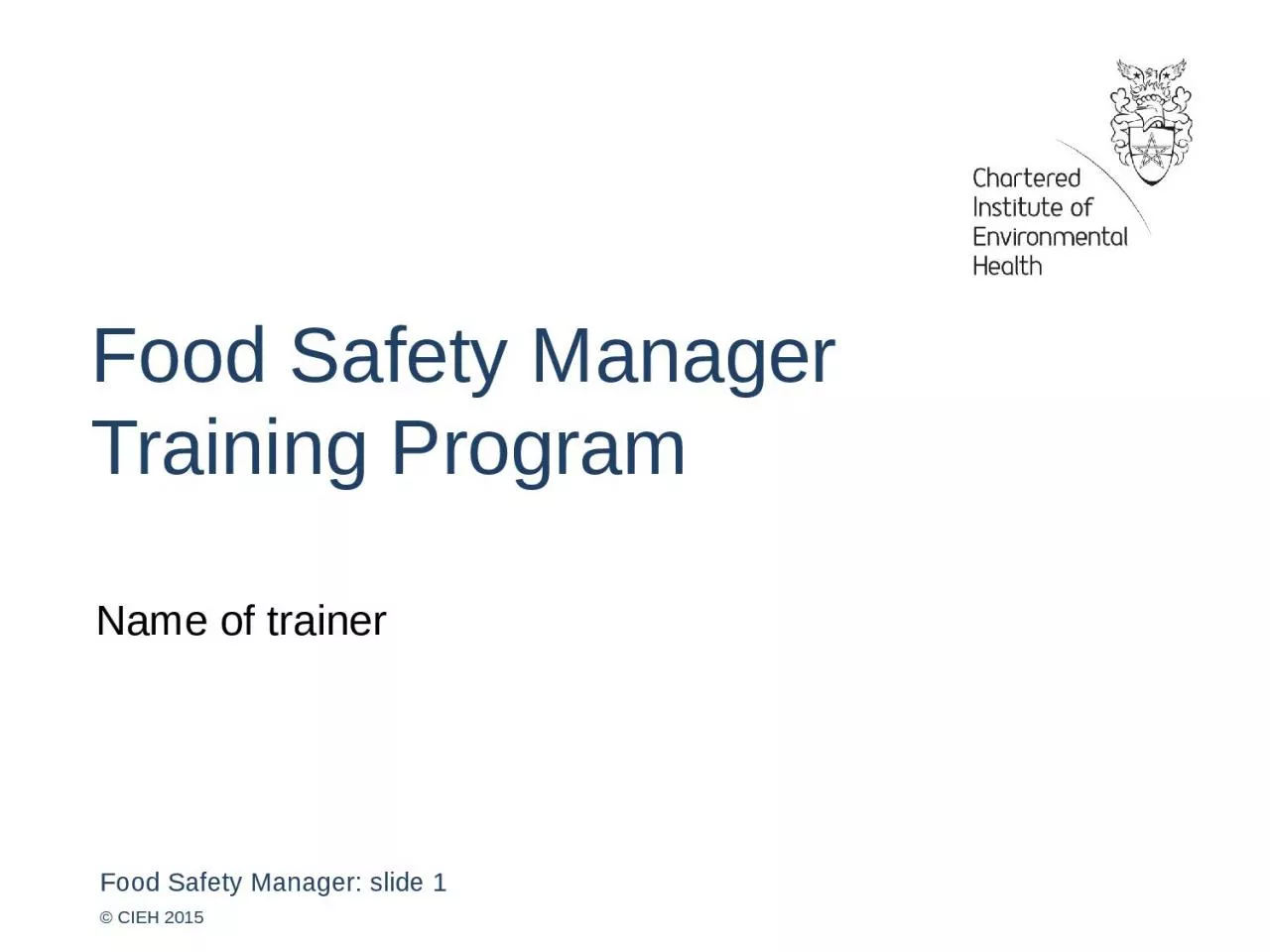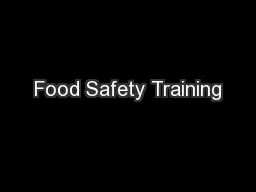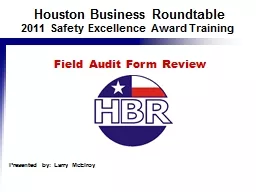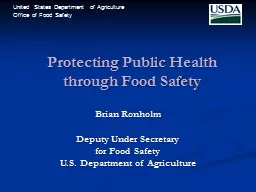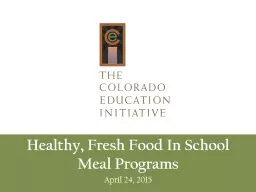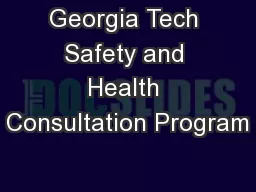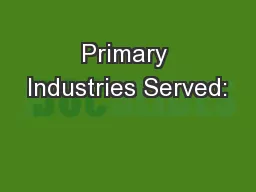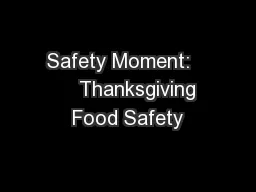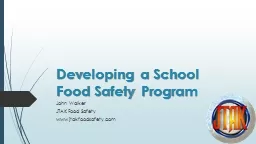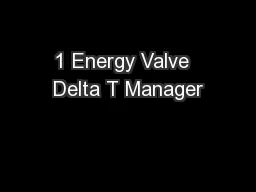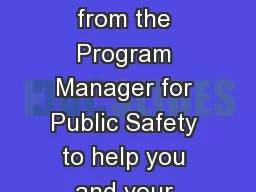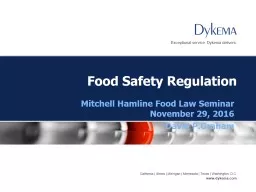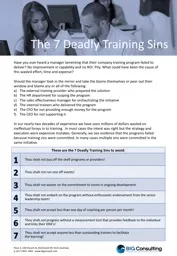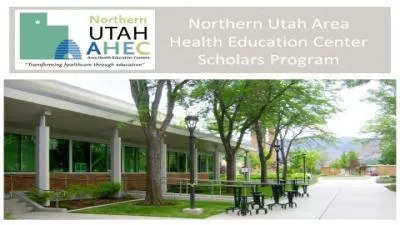PPT-Food Safety Manager Training Program
Author : cady | Published Date : 2023-06-24
Name of trainer Benefits of good food safety Satisfied customers Loyal and confident customers Good reputation customer recommendations Operating costs under control
Presentation Embed Code
Download Presentation
Download Presentation The PPT/PDF document "Food Safety Manager Training Program" is the property of its rightful owner. Permission is granted to download and print the materials on this website for personal, non-commercial use only, and to display it on your personal computer provided you do not modify the materials and that you retain all copyright notices contained in the materials. By downloading content from our website, you accept the terms of this agreement.
Food Safety Manager Training Program: Transcript
Download Rules Of Document
"Food Safety Manager Training Program"The content belongs to its owner. You may download and print it for personal use, without modification, and keep all copyright notices. By downloading, you agree to these terms.
Related Documents

